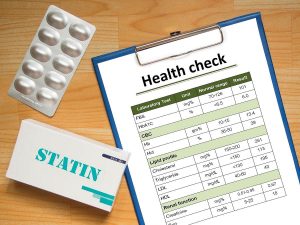
Ozempic provides a wide variety of health benefits for people with kidney disease and type 2 diabetes, a major clinical trial has found. The drug significantly reduces the risk of severe kidney events, heart problems and death from any cause in patients who have both conditions, researchers found. “These benefits signify a profound clinical impact saving kidneys, hearts and lives for patients with type 2 diabetes and chronic kidney disease,” said researcher Vlado Perkovic, provost of the University of New South Wales in Sydney, Australia. “Additionally, the reassuring safety findings further support the strong potential value of [Ozempic] in this population.” Chronic kidney disease affects more than 800 million people worldwide, and is particularly common among people with type 2 diabetes, researchers said in background notes. Ozempic was originally developed as a treatment for diabetes, as it helps control the release of insulin and keeps blood sugar levels lower. Its potential benefits for weight loss were later tested and approved. However, its potential to help people with kidney disease had not been fully examined, researchers said. For the study, investigators recruited more than 3,500 patients who had both kidney disease and type 2 diabetes. Patients were randomly chosen to receive weekly Ozempic (semaglutide) or a placebo. Patients taking Ozempic had a 24% lower risk of kidney problems, heart disease and death related to either the… read on > read on >





































-300x200.jpg)
